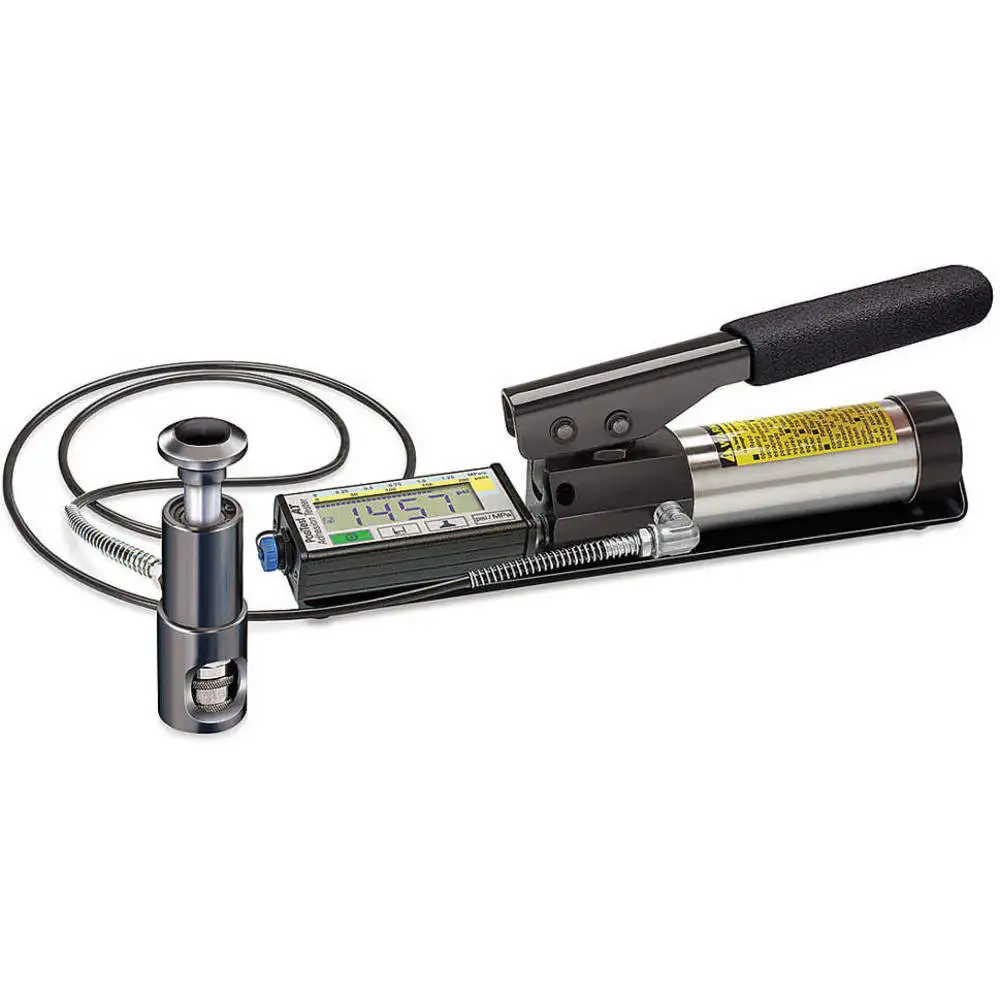Adhesion testers measure the force required to pull apart two stuck surfaces. These instruments are commonly used in the automotive, aerospace, construction and packaging industries. They evaluate... Read More
Adhesion testers measure the force required to pull apart two stuck surfaces. These instruments are commonly used in the automotive, aerospace, construction and packaging industries. They evaluate the strength of adhesives, coatings and other bonding materials. These handheld devices use a spring-loaded mechanism to apply a force to the surfaces under test and a gauge or readout to measure the force required to separate the surfaces. Read Less
 £ GBPChange Country
£ GBPChange Country
